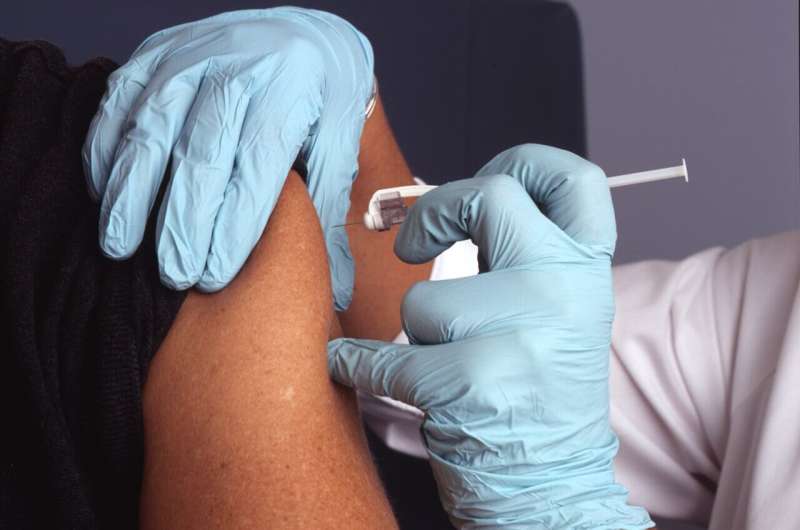SARS-CoV-2 and vaccine uptake among First Nations, Inuit and Métis peoples in urban areas


Despite prioritizing Indigenous populations for SARS-CoV-2 vaccinations, vaccine uptake was low among First Nations, Inuit and Métis Peoples in Toronto and London, Ontario, according to new research published in CMAJ (Canadian Medical Association Journal).
As more than half of Indigenous Peoples in Canada live in urban areas, it is critical to understand the impact of the COVID-19 pandemic, which exacerbated existing health inequities, on these populations.
“Dense and multigenerational social networks; barriers in access to culturally safe health care; and a disproportionate burden of poverty, chronic disease and inadequate housing create conditions for the spread of SARS-CoV-2 among First Nations, Inuit and Métis living in urban areas in Canada,” writes Dr. Janet Smylie, St. Michael’s Hospital, a site of Unity Health Toronto, and the Dalla Lana School of Public Health, University of Toronto, with coauthors.
To fill gaps in understanding, a team of Indigenous and allied researchers co-led by Dr. Janet Smylie, Cheryllee Bourgeois, Seventh Generation Midwives Toronto and Dr. Michael Rotondi, York University, in partnership with Indigenous agencies, aimed to generate data on rates of SARS-CoV-2 testing and vaccination, and incidence of infection among First Nations, Inuit and Métis living in Toronto and London, Ontario. They included data on population-representative samples of 723 and 364 people over age 15 in each city respectively. The rate for 2-dose vaccination among First Nations, Inuit and Métis in Toronto was 58% compared with 79% for the overall population. In London, 2-dose completion was 61% for Indigenous populations compared with 82% for the overall population.
As well, vaccination rates among First Nations, Inuit and Métis in Toronto and London lagged behind overall vaccination rates among First Nations living on and off reserve in Ontario and national rates for First Nations on reserve. The authors suggest these differences in vaccination rates could be because of delayed access to vaccines in cities as well as Indigenous peoples’ mistrust of vaccines and of the urban hospitals leading Ontario’s vaccination campaigns.
“Multigenerational colonial policies that aimed to assimilate First Nations, Inuit and Métis Peoples and appropriate land and resources have led to inequities across most major health outcome for First Nations, Inuit and Métis living in urban, rural and remote geographies compared with non-Indigenous people in Canada, as well as striking gaps in access to equitable and culturally safe health care,” write the authors.
With new variants arising, these lower vaccination rates are concerning.
“There is a time-sensitive need to amplify Indigenous-focused COVID-19 response measures to prevent widespread SARS-CoV-2 infection among those who are not vaccinated with a subsequent surge in hospital admissions and mortality caused by COVID-19 among First Nations, Inuit and Métis,” they write.
Testing rates for SARS-CoV-2 among First Nations, Inuit and Métis were higher in Toronto (54%) than local and provincial rates. Community partnerships and outreach and culturally safe access to testing and vaccination can help lessen the burden of COVID-19 on these populations.
Source: Read Full Article